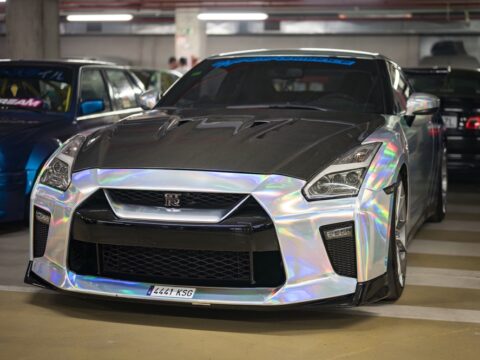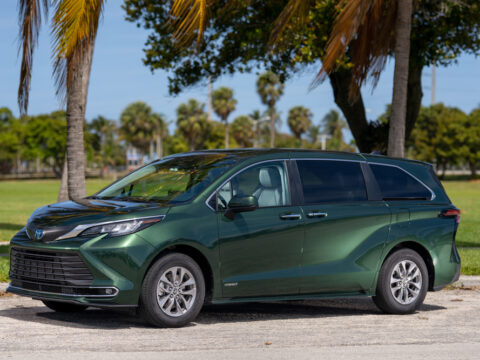Cars can be a symbol of success, but not every model hits the mark. Some vehicles, despite high expectations and hefty price tags, turn out to be costly failures. In this article, we’ll explore 15 of the most expensive car failures in history, looking at what went wrong and why these models didn’t live up to their promise.
Contents
DeLorean DMC-12

Despite its iconic gull-wing doors and stainless steel body, the DeLorean DMC-12 failed spectacularly due to poor build quality and underwhelming performance. Produced between 1981 and 1983, only about 9,000 units were made before the company went bankrupt. Additionally, John DeLorean’s legal troubles further tarnished the brand, making it one of the most notorious flops in automotive history.
Edsel
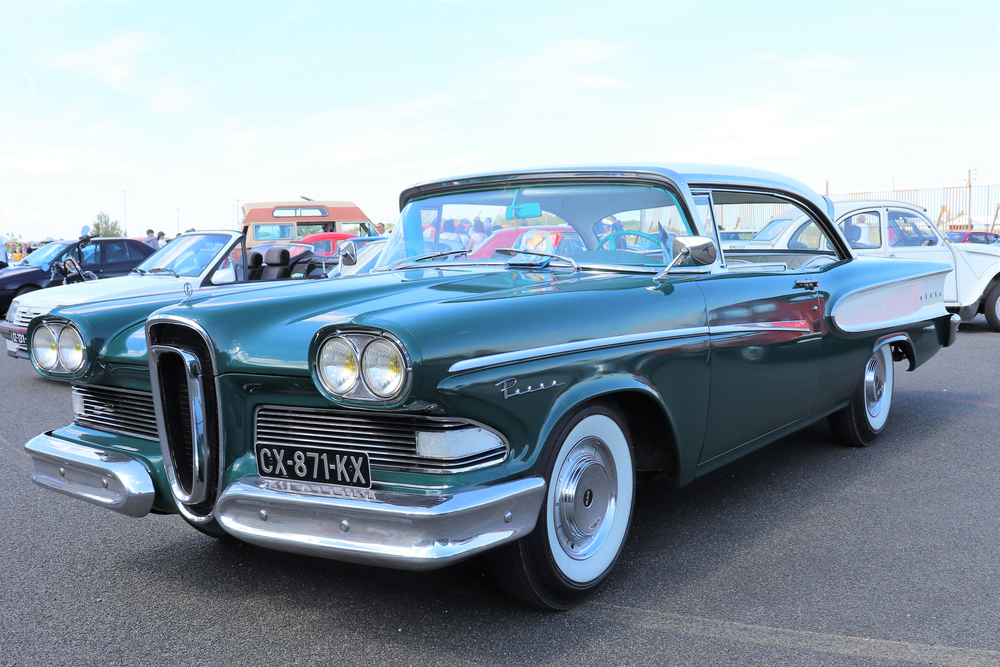
Ford’s Edsel, launched in 1957, is a classic example of marketing missteps and poor product planning. Despite its innovative features like a push-button transmission selector, the car was plagued with quality control issues and an unattractive design. Sales were dismal, and Ford discontinued the brand just three years later, after losing an estimated $250 million.
Bricklin SV-1
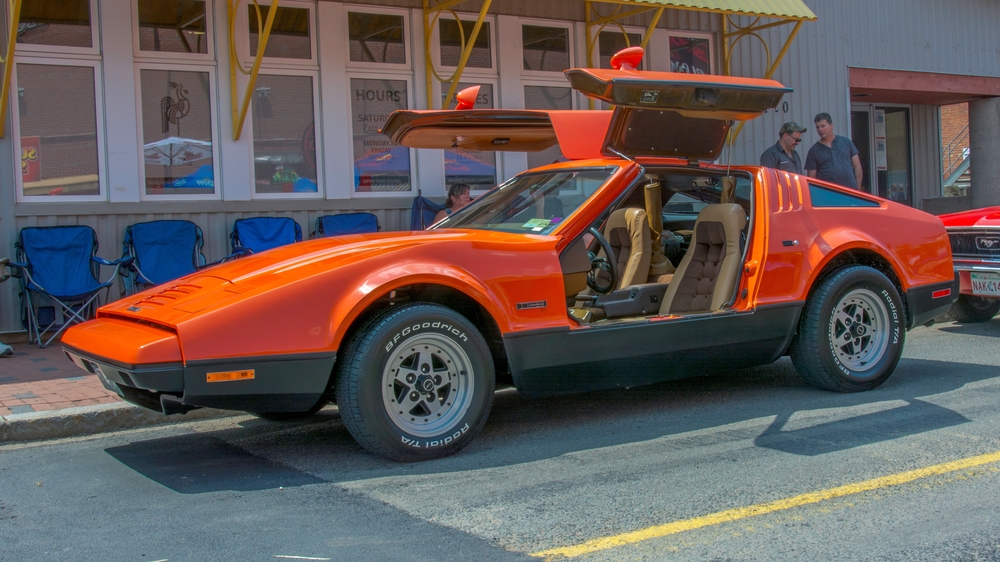
The Bricklin SV-1, introduced in 1974, was marketed as a safety sports car but suffered from numerous production issues and a high price tag. Innovative features like power gull-wing doors and an acrylic body over a steel frame were ahead of their time, but problematic. Poor build quality, financial troubles, and high production costs ultimately led to its downfall.
Tucker 48
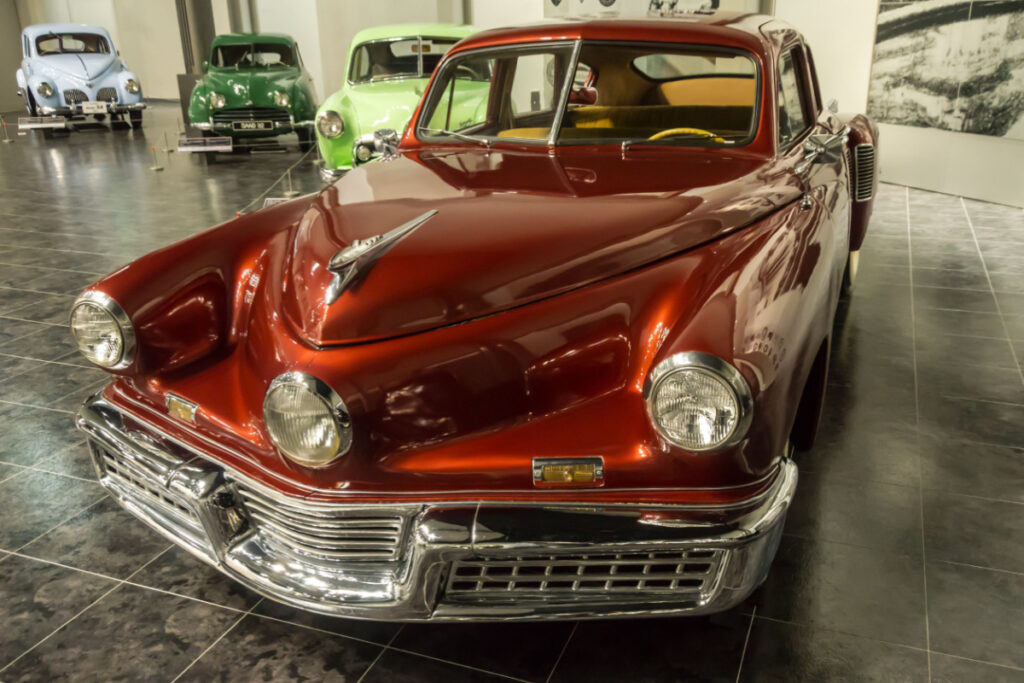
Preston Tucker’s revolutionary Tucker 48, launched in 1948, promised cutting-edge features such as a rear-mounted engine and safety innovations. However, only 51 units were produced due to legal and financial challenges. Despite its advanced design, including a directional third headlight, the company couldn’t sustain production.
Chevrolet Vega
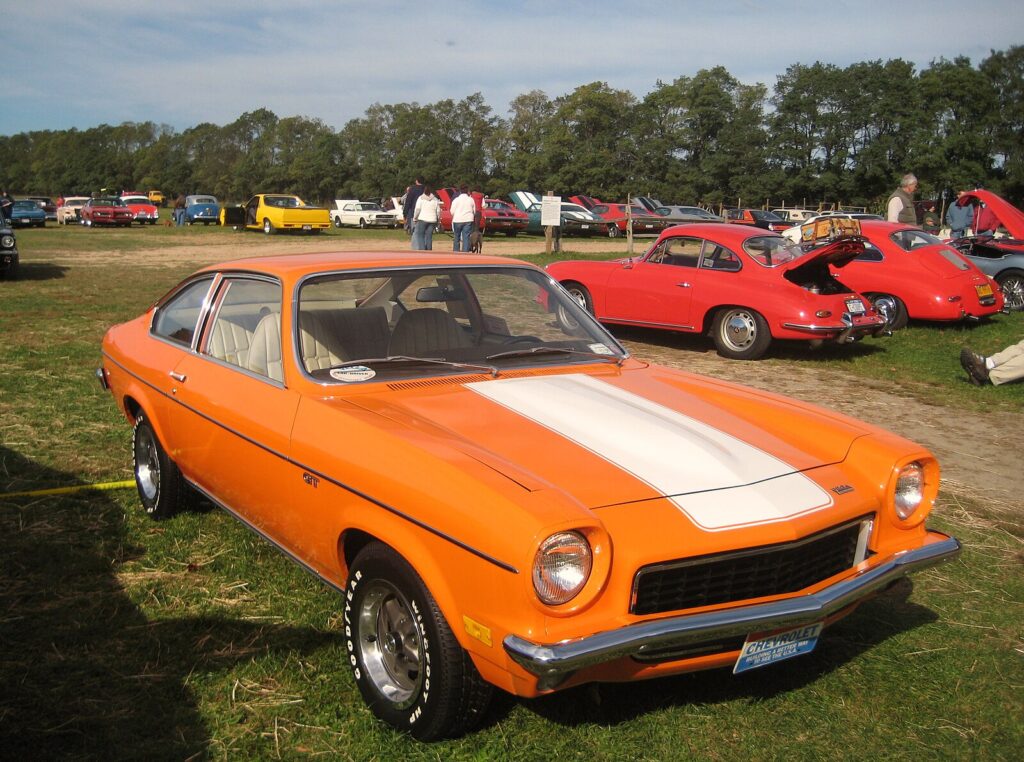
Initially praised for its design and performance, the Chevrolet Vega, introduced in 1970, soon became infamous for its rust problems and unreliable aluminum engine. The car’s engine frequently suffered from overheating, leading to significant warranty claims. GM’s cost-cutting measures compromised quality, causing the Vega’s reputation to plummet.
Pontiac Aztek
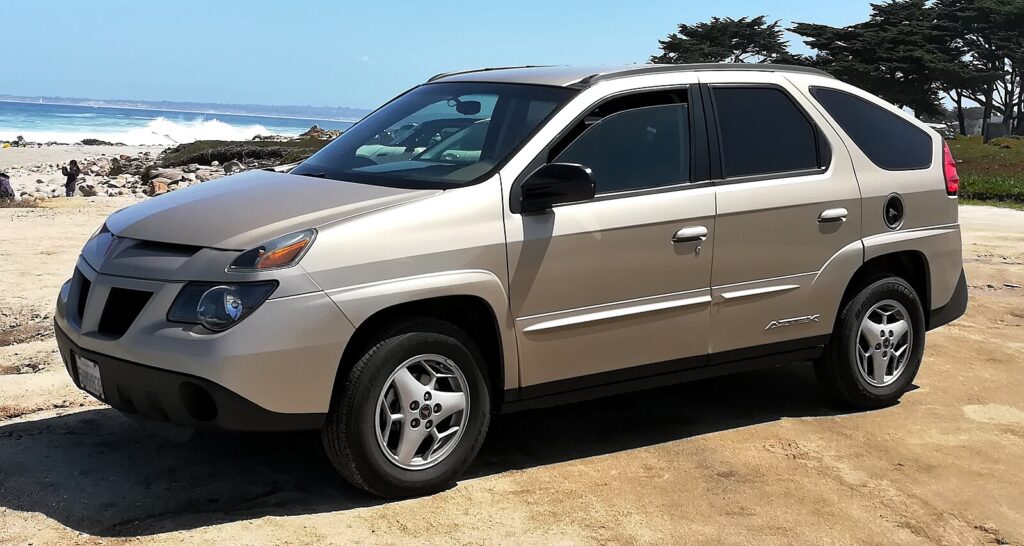
The Pontiac Aztek, released in 2000, is often ridiculed for its bizarre design and lackluster performance. Despite innovative features like a built-in tent and cooler, the Aztek’s styling was a major turn-off for buyers. Its 3.4-liter V6 engine provided decent power but couldn’t overcome the vehicle’s unattractive appearance. Discontinued in 2005, the Aztek has since gained a cult following partly due to its role in the TV show “Breaking Bad.”
Yugo GV
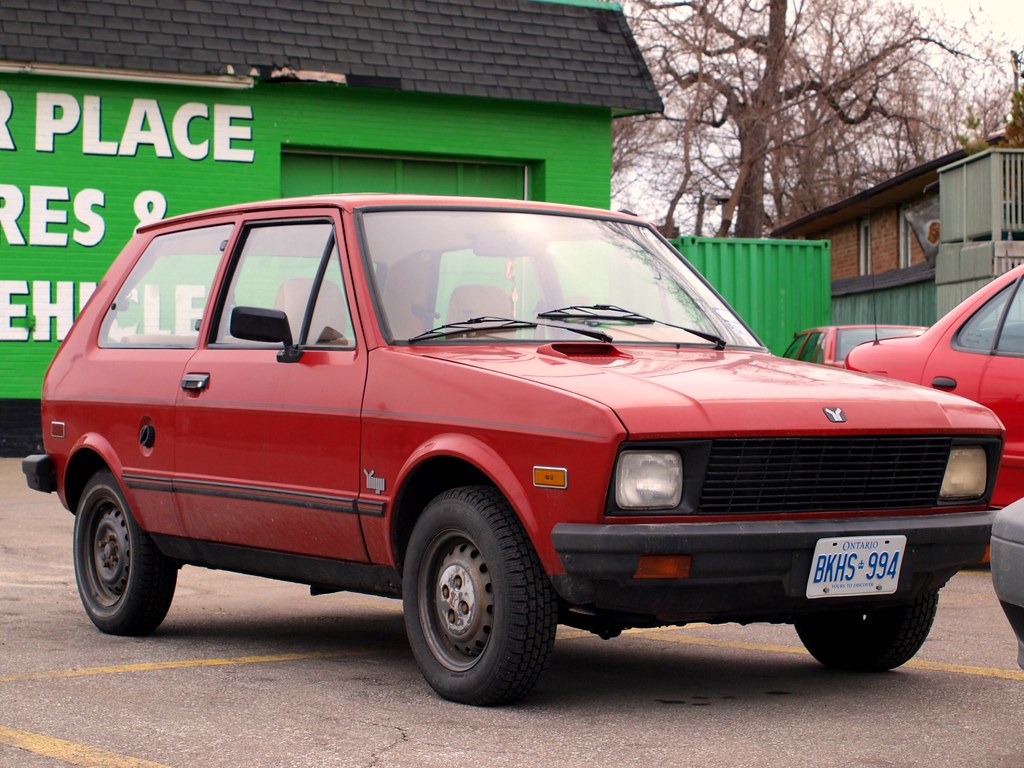
The Yugo GV, imported from Yugoslavia to the US in the mid-1980s, was marketed as an affordable, no-frills car. However, its poor build quality and frequent mechanical issues led to widespread consumer dissatisfaction. Priced at just $3,990, the Yugo’s appeal was purely financial, but it soon became synonymous with unreliability.
Renault Dauphine

Initially popular due to its affordability and compact size, the Renault Dauphine was introduced to the US market in 1956. However, it quickly gained a reputation for being underpowered and prone to rust and mechanical failures. Its 845 cc engine produced a mere 32 horsepower, making it one of the slowest cars of its time.
Cadillac Cimarron
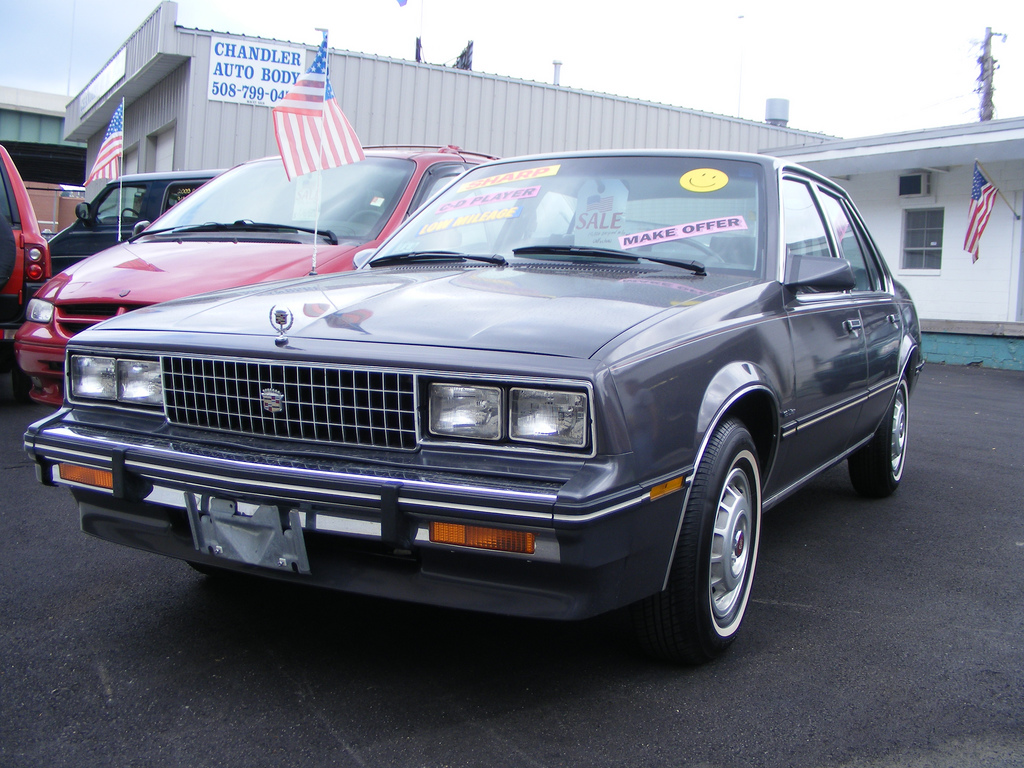
Launched in 1981, the Cadillac Cimarron was an attempt to compete in the compact luxury car segment but failed miserably due to its obvious rebadging of the Chevrolet Cavalier. Consumers and critics alike saw through the minimal differences, and the car was criticized for its lack of luxury features and underwhelming performance. Its 1.8-liter engine produced just 88 horsepower, which was not sufficient for a Cadillac-branded vehicle
Jaguar X-Type
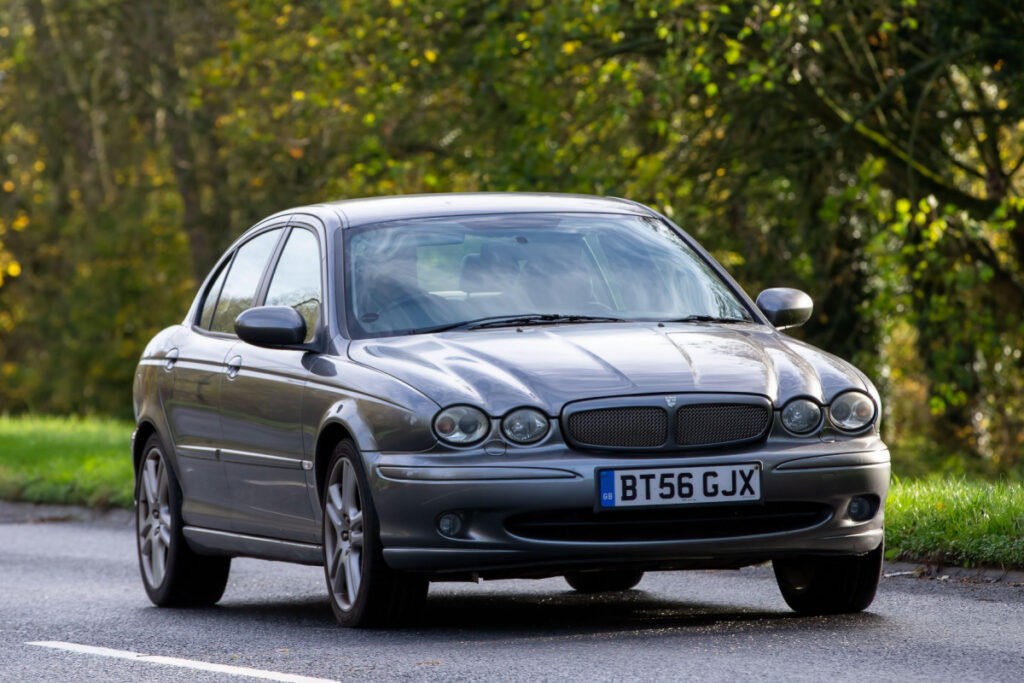
The Jaguar X-Type, introduced in 2001, was intended to be a volume seller for the luxury brand but ended up diluting its prestige. Sharing its platform with the Ford Mondeo, the X-Type was criticized for its lack of Jaguar-like performance and refinement. The car’s 2.5-liter and 3.0-liter V6 engines were competent but didn’t match the expectations for a Jaguar.
Chevrolet Corvair
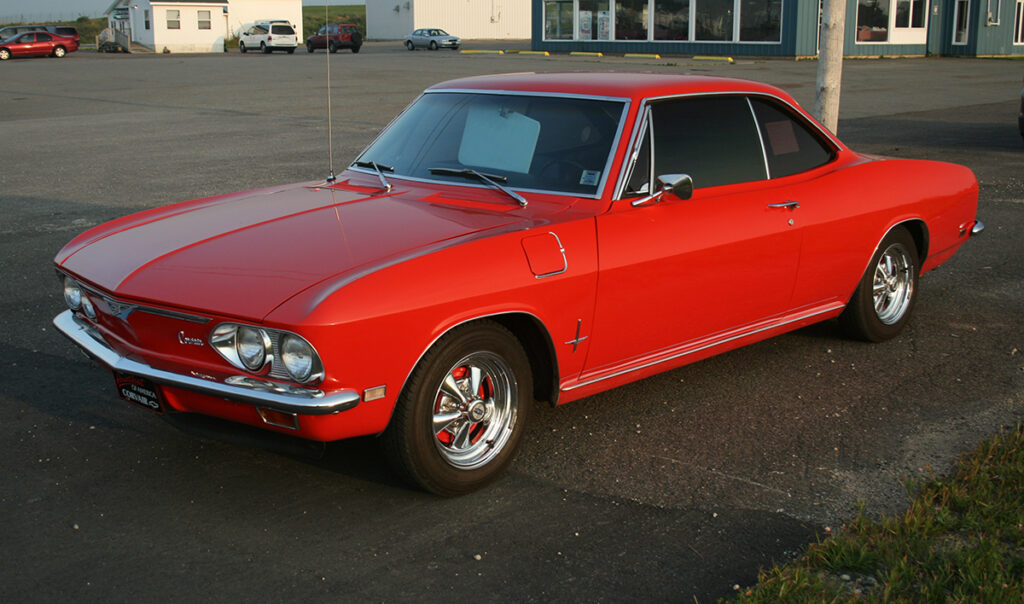
Produced from 1960 to 1969, the Chevrolet Corvair was initially praised for its innovative design, featuring a rear-mounted air-cooled engine. However, Ralph Nader’s book “Unsafe at Any Speed” highlighted safety issues, particularly its tendency to oversteer and rollover. Despite GM making improvements, the damage to Corvair’s reputation was irreversible. The controversy and declining sales led to its discontinuation, marking it as a costly failure for Chevrolet.
Ford Pinto
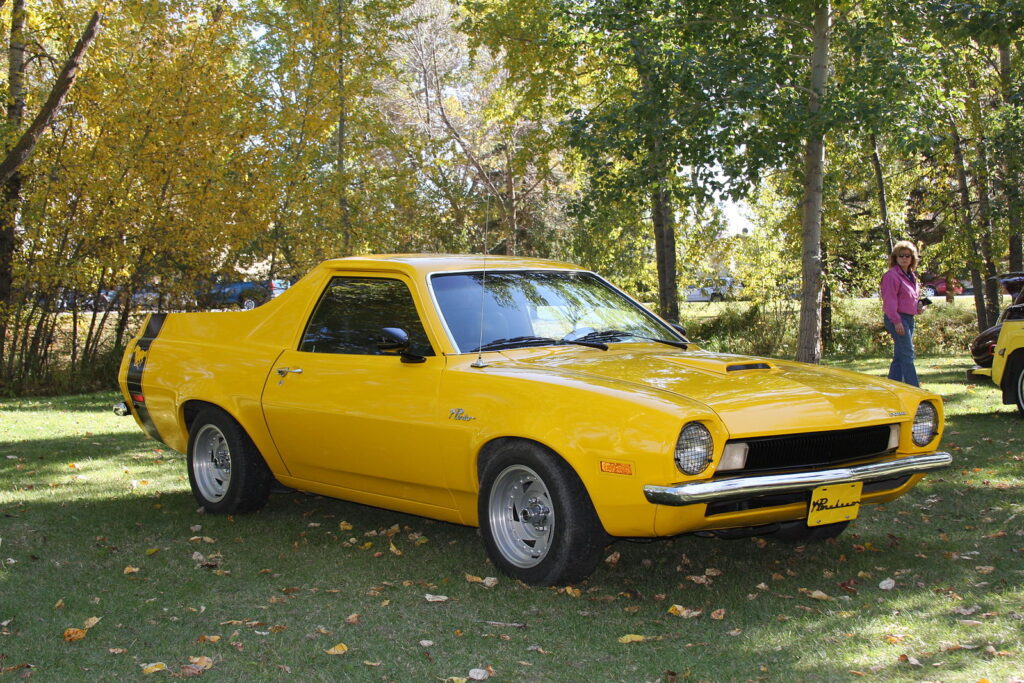
The Ford Pinto, sold from 1971 to 1980, is infamous for its fuel tank design that made it prone to catching fire in rear-end collisions. Despite being a bestseller initially, the safety concerns and ensuing lawsuits severely damaged Ford’s reputation. The car’s 1.6-liter and 2.0-liter engines were economical but couldn’t offset the negative publicity. The Pinto’s legacy is marred by one of the most well-known safety controversies in automotive history.
Chrysler TC by Maserati
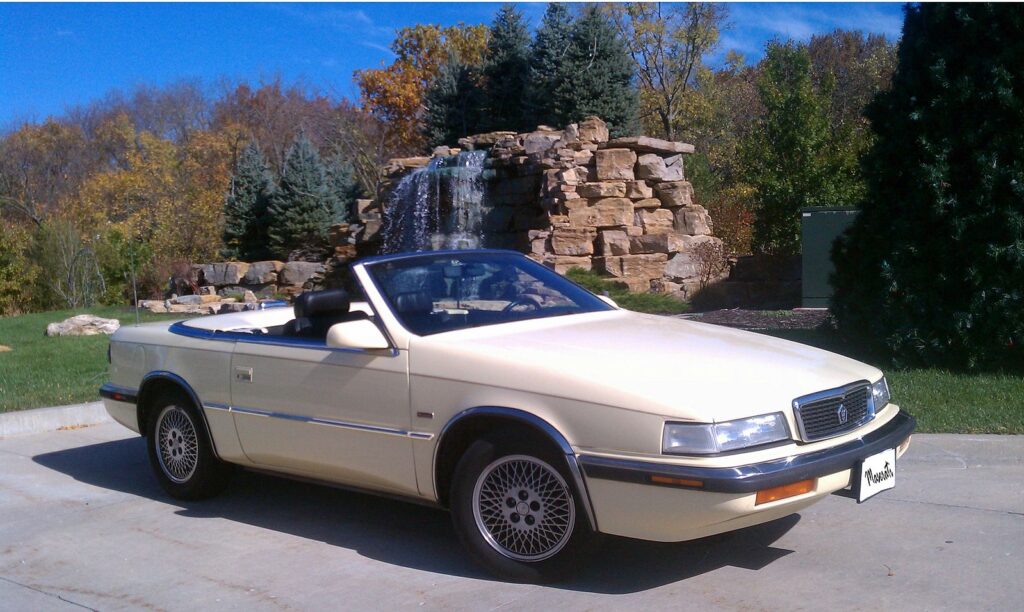
The Chrysler TC by Maserati, launched in 1989, was intended to be a luxury sports car combining American and Italian engineering. However, it ended up being an overpriced and underwhelming vehicle that failed to meet the standards of either brand. Its 2.2-liter turbocharged engine and uninspired design couldn’t justify the $33,000 price tag.
Lincoln Blackwood
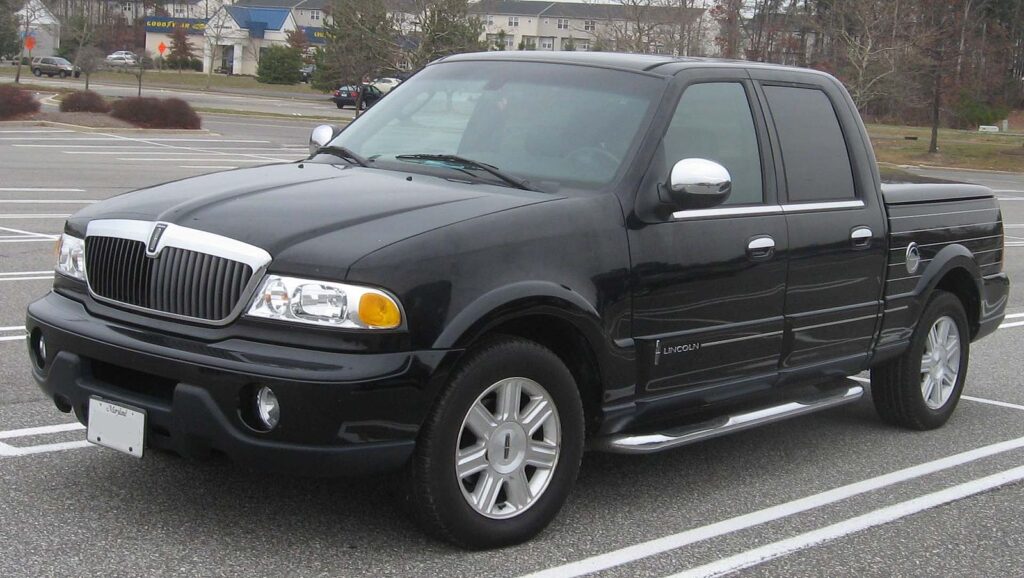
Released in 2002, the Lincoln Blackwood was an attempt to create a luxury pickup truck but failed due to its impracticality and high price. With a 5.4-liter V8 engine and upscale features, it seemed promising, but the lack of a functional cargo bed and limited towing capacity turned buyers away. Priced at $52,000, it didn’t appeal to traditional truck buyers or luxury car enthusiasts.
Peel Trident

The Peel Trident, produced in the 1960s by the Peel Engineering Company, was a tiny, three-wheeled microcar that promised affordability and efficiency. However, its extremely small size and minimal power—just 4.2 horsepower from a 49cc engine—made it impractical for most drivers. Its odd bubble-top design was also polarizing, leading to limited appeal.
This article originally appeared on MyCarMakesNoise.
More from MyCarMakesNoise
22 American Classic Cars That Stand the Test of Time
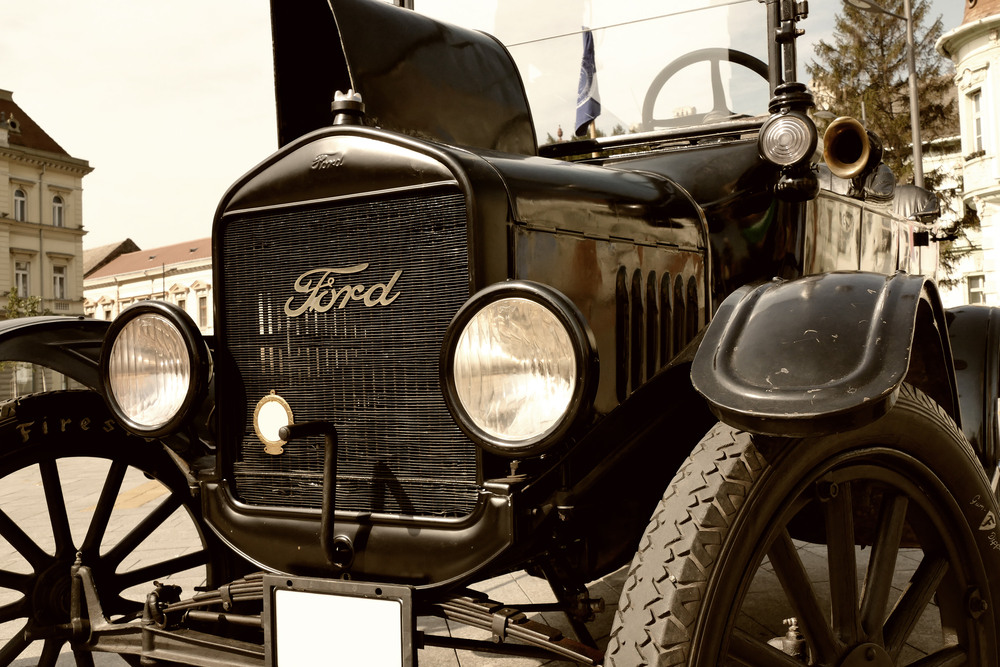
These icons of the road highlight America’s rich automotive heritage, blending power, style, and innovation in ways that continue to influence the industry and car culture today. Read More.
The 15 Most Unattractive Muscle Cars Ever Made
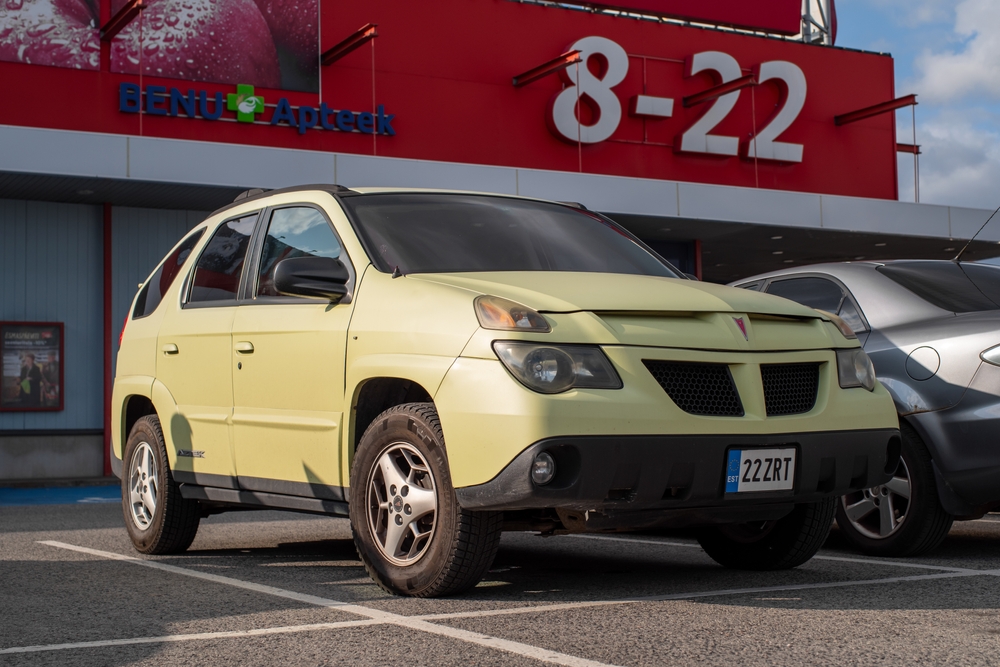
This article explores a selection of these distinctive vehicles, each notable for its unique style that might not resonate with traditional muscle car enthusiasts. Read More.
21 Iconic German Muscle Cars You Need to Know
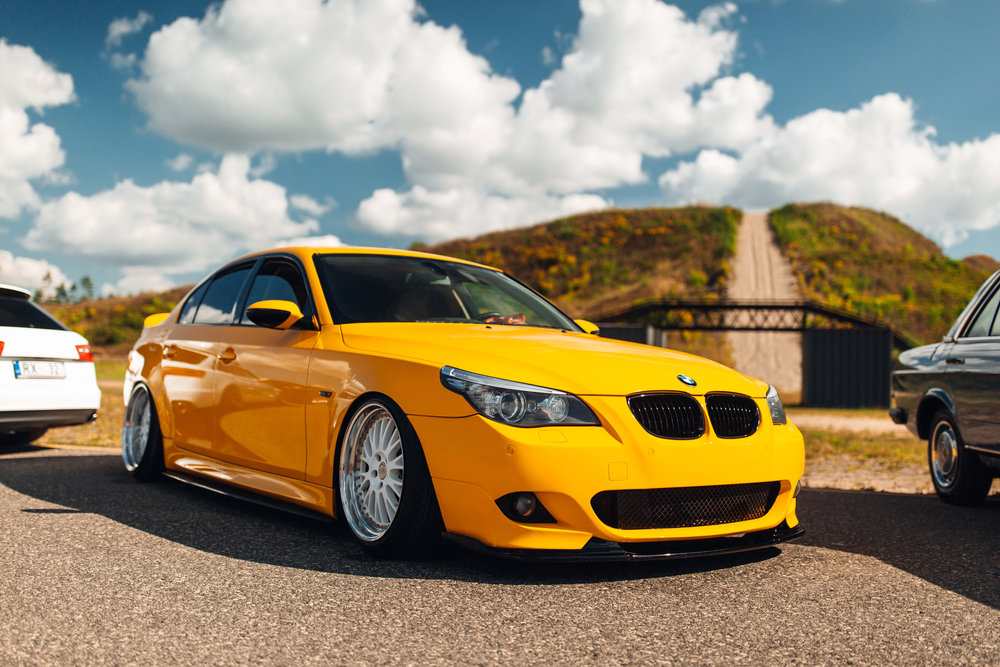
These vehicles stand out for their exceptional performance, innovative design, and significant influence on the automotive landscape. Perfect for car enthusiasts and admirers of cutting-edge engineering, this showcase highlights the best in power, precision, and style. Read More.

